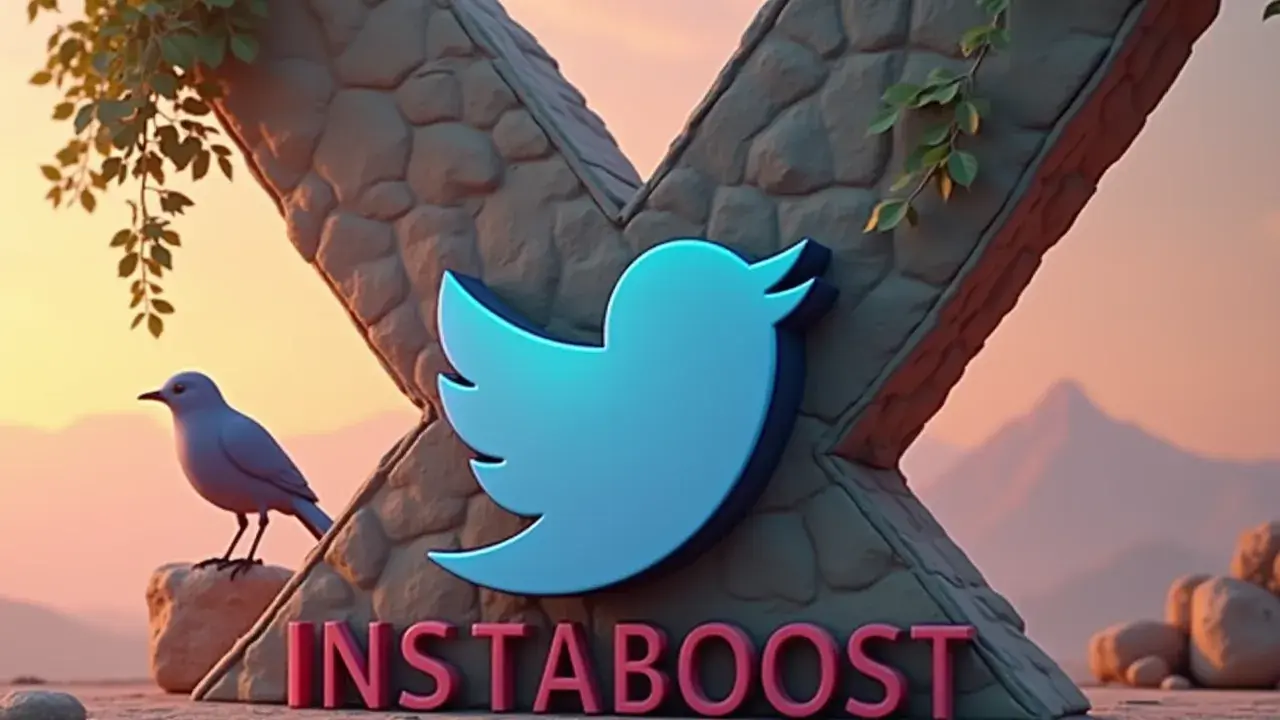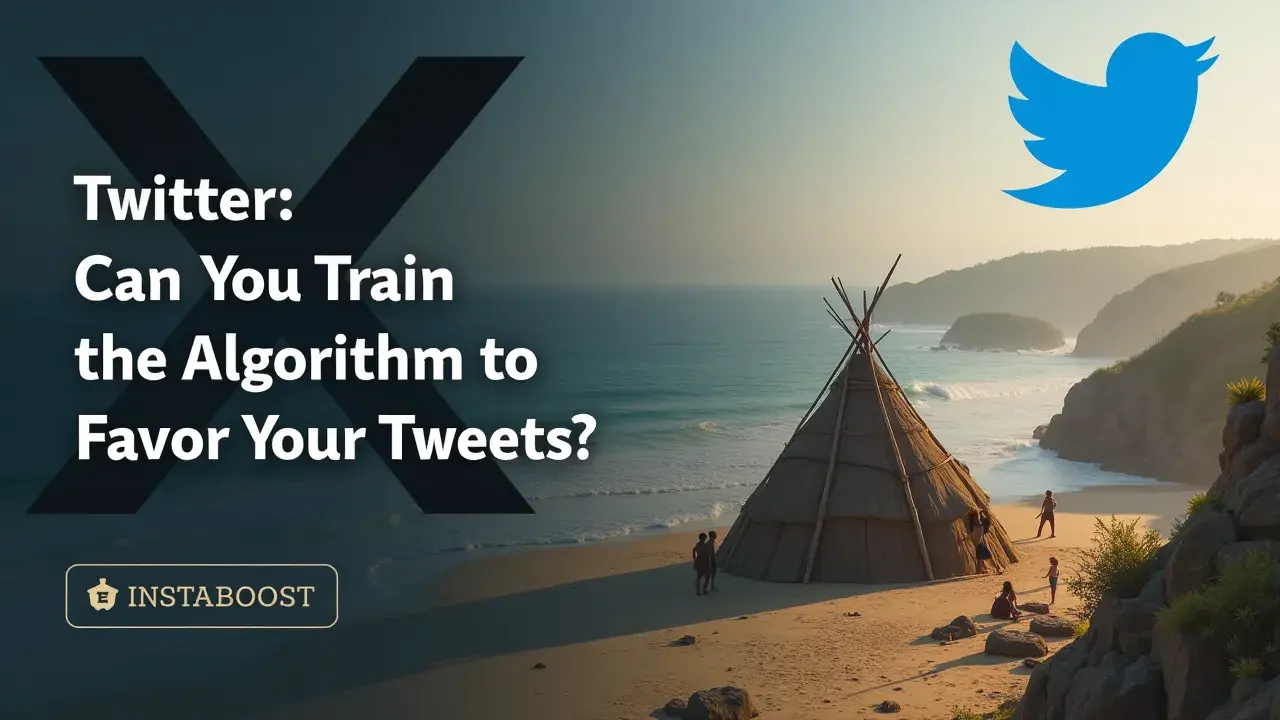Twitter: Can You Train the Algorithm to Favor Your Tweets?
Consistent alignment with known engagement signals can improve tweet visibility over time. The algorithm weighs interactions, relevance, and recent activity, while some popular myths overstate quick fixes that do not match how ranking works. Strategically shaping content toward genuine responses and timely participation helps send clearer signals without gaming the system. Focusing on clarity, relevance, and steady interaction creates a smart path to more reliable reach.
Cracking the Code: How Twitter Decides What You See
If you talk to people who use Twitter a lot, you’ll hear the same thing sooner or later: some tweets suddenly get a lot of attention, while others seem to fall away without much notice. Most of that comes back to the algorithm – this complex system that decides what shows up in your feed and in what order. It’s always shifting a bit, so it’s hard to pin down exactly how it works, but it’s not completely random, either.
The algorithm looks at things like how many likes, retweets, or replies a tweet gets, whether it’s fresh or from a while ago, how you’re connected to the person tweeting, and even the kind of tweet it is – like whether it has a photo, a video, or it’s just text. One thing I keep noticing is that the way your tweets show up for other people depends a lot on how you use Twitter yourself, and this isn’t fixed forever.
There’s a lot of debate online about whether you can “train” the algorithm to help your tweets spread further. Twitter doesn’t give out all the details, but if you watch closely, you can pick up on certain patterns – like the way some people just seem to get noticed on X more easily than others.
There’s a lot of debate online about whether you can “train” the algorithm to help your tweets spread further. Twitter doesn’t give out all the details, but if you watch closely, you can pick up on certain patterns – like the way some people just seem to get noticed on X more easily than others.
When you tweet and how you interact with others can make a difference – for example, replying to people and sharing their posts tends to help more than just posting into the void. So what I want to do here is set aside all the speculation for a bit and look more closely at how the algorithm seems to shape what you see, and whether there are some small, practical things that might help your tweets reach more people.

Why Algorithm “Insiders” Still Get Blindsided
It’s actually pretty common for teams, even really experienced ones, to get tripped up here. There’s this idea floating around that Twitter’s algorithm is a set of steps you can follow if you just know the right tricks, but that doesn’t really line up with how it works day to day. The algorithm is always shifting, paying attention to all sorts of things – not just whether people click “like” or retweet, but how and when people reply, or if a conversation starts to pick up on its own.
For example, if you respond quickly to people or get into actual back-and-forths, your tweets often get more visibility than if you’re just scheduling them out without much real interaction. What a lot of folks miss is that the algorithm is tuned into those genuine exchanges – someone replying because they’re actually interested, not because they’re going through the motions. So you end up with these situations where even people who watch all the metrics and trends find themselves surprised. Sometimes a tweet they expected to do well kind of fizzles, while another, more spontaneous one, takes off.
And even if you manage to build audience on Twitter, it doesn’t guarantee you’ll always predict what will stick. It’s easy to underestimate how much the algorithm keeps evolving, which means old patterns stop working the way they used to. There isn’t really a guaranteed way to make something go viral; if anything, the people who pay attention to how things are moving in the moment tend to do better. It’s less about beating the system and more about paying close attention to how people are actually using it, which isn’t always simple to pin down.
Positioning Over Volume: Working With the Algorithm, Not Against It
It’s easy to think that posting more often will help you reach more people, especially on Twitter. But the algorithm tends to care more about why and how you’re sharing, not just how often. Every tweet is competing with so many others for attention, so if you’re just putting things out there without much purpose, it usually doesn’t go far. It’s worth spending a bit of time figuring out when your ideas might actually fit into what’s happening. For example, posting when there’s an active discussion or a trending topic can make a difference, especially if you notice certain times when more people seem tuned in.
The goal isn’t to take up space in everyone’s feed, but to try to show up when and where people are already paying attention. Twitter’s algorithm seems to look at more than simple numbers – it notices when a conversation gets started quickly under your tweet, or when new people join because of what you posted. You can shift things a bit by replying to others or joining a thread before adding your own post. Over time, this helps your account get linked to the kinds of conversations that tend to get noticed. Looking back at tweets that worked well can be useful, and sometimes tools like Twitter engagement tools provide a little extra insight into how timing and interaction play a role.
If you notice not only what you said but also who responded and when, those details can tell you a lot. And if you use something like INSTABOOST, it can be helpful to focus less on posting a bunch of tweets and more on joining in with the right people, at the right moments. When your tweets feel connected to what people are already talking about, the algorithm is more likely to show them to others. It’s not really about volume – it’s more about fitting into the flow, and sometimes that means holding back until something lines up.
Quality Trumps Quantity: Why Tweet Spamming Backfires
It’s easy to think that posting more often on Twitter is the way to get noticed, but it doesn’t really work like that. When you fill your feed with tweet after tweet, hoping something will stick, it’s a bit like talking over everyone at a busy table. People don’t tune in more – they start to tune out. Twitter’s algorithm doesn’t care how many tweets you put out; it pays attention to whether people actually care about what you’re saying. If your posts feel rushed or repetitive, followers might scroll past them without thinking, or they might mute or unfollow, which actually tells the algorithm your tweets aren’t connecting.
And when people search for something or follow a hashtag, they’re not looking for more of the same, but for something that helps or interests them. Real engagement – things like replies, conversations, or even a simple share – is what makes a difference, not sheer volume. I’ve seen people get fixated on targeted X views as if that alone will spark real interest, but numbers don’t substitute for genuine interaction.
That’s why even companies like INSTABOOST tell their clients it’s more important to post with a plan and to pay attention to how each tweet lands, rather than chasing high numbers. If there’s a main idea here, it’s that every tweet should feel like it has a purpose, something you’d want someone to see or respond to, rather than another checkbox ticked off for the day.
Sustainable Growth: The Real Algorithmic Edge
This isn’t really about getting applause. It’s about helping people understand you. The folks who actually make something work on Twitter aren’t the ones jumping from one gimmick to the next. They’re the ones who show up often, share ideas that are useful, and actually talk to people. There’s no secret shortcut to getting the algorithm on your side – it pays attention to who’s consistent, who adds to the conversation, who takes the time to answer or ask questions that get people thinking. If you take a moment to respond to real replies, or you put thought into what you’re sharing – maybe an observation from your workday, or a question that’s been on your mind – the algorithm will pick up on that.
I remember stumbling across a post about order retweet support Twitter once, tucked between threads about authenticity and reach, and it made me realize how much of the real progress still comes down to genuine connection. Over time, your tweets aren’t just random hits; people begin to look for what you have to say. Instead of chasing moments of attention, you start to notice who’s always coming back, and your sense of what matters changes. It becomes less about watching numbers go up for a day and more about whether the same people keep showing up, or if a new person chimes in with something helpful. If you want more reach, it’s better to think about what would make you worth following for a long time. The ones who stick around and keep showing up – that’s who ends up having the most influence, quietly, without needing to shout about it.















